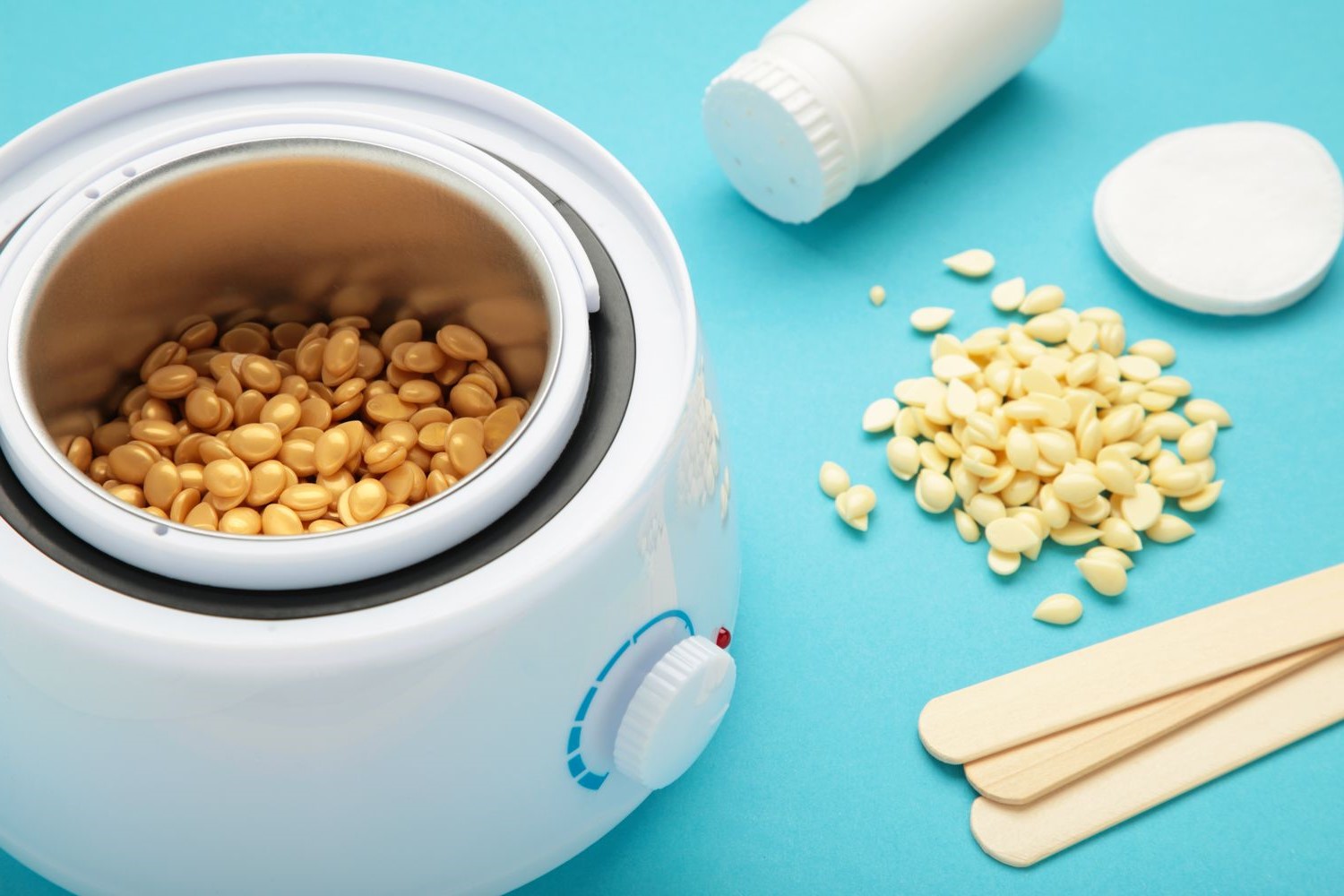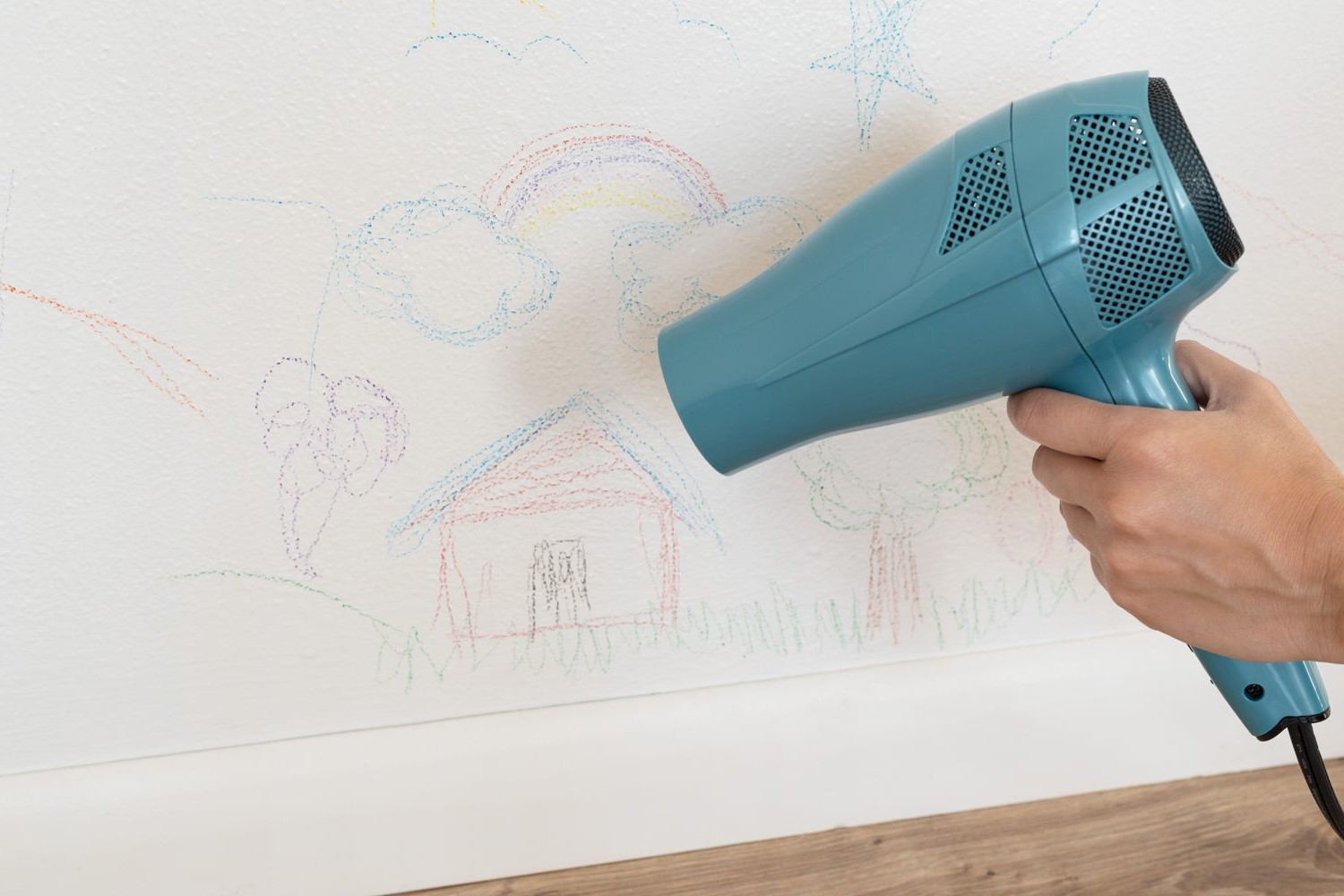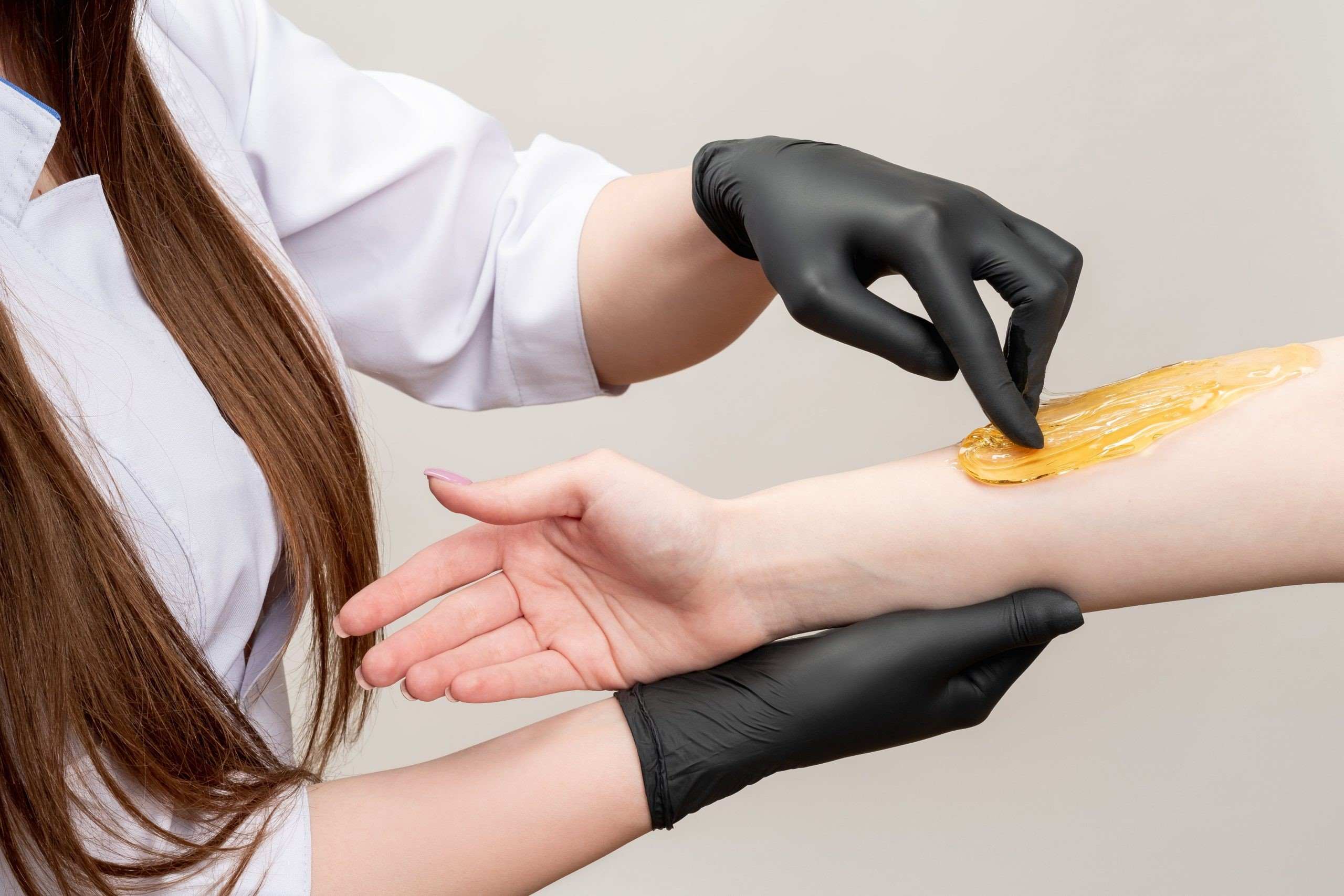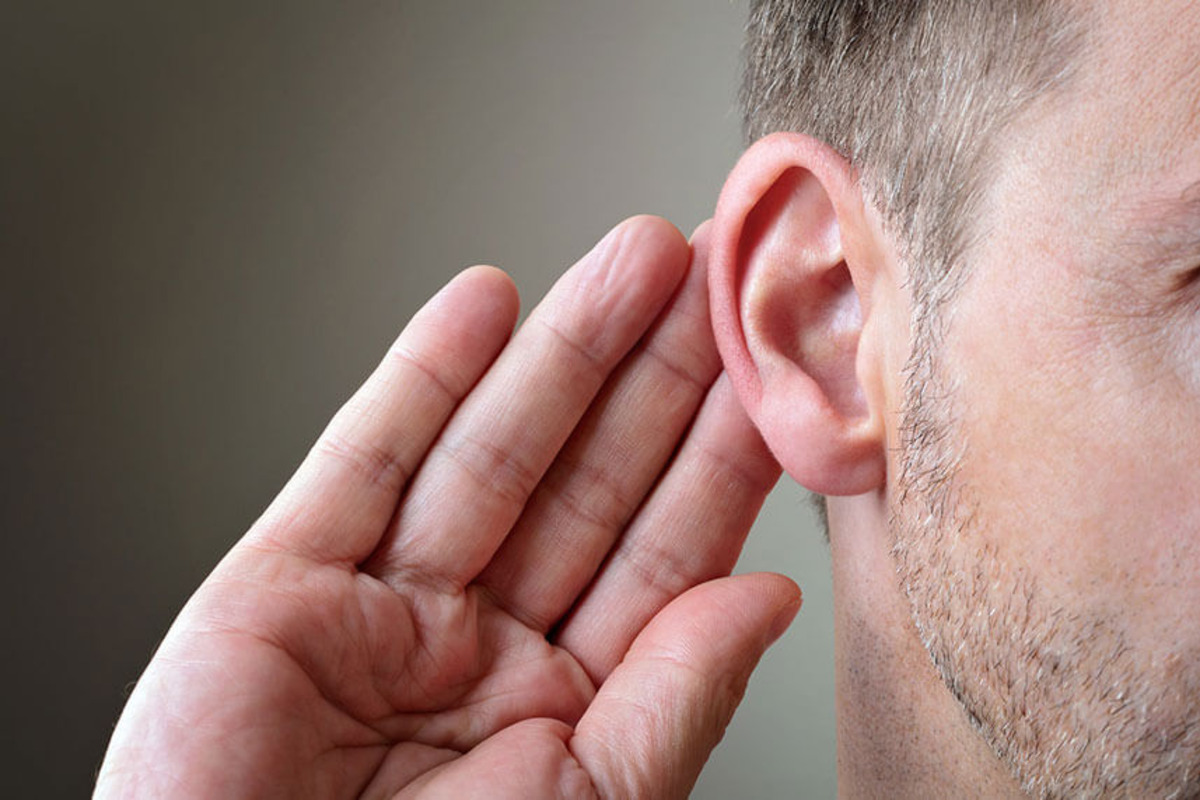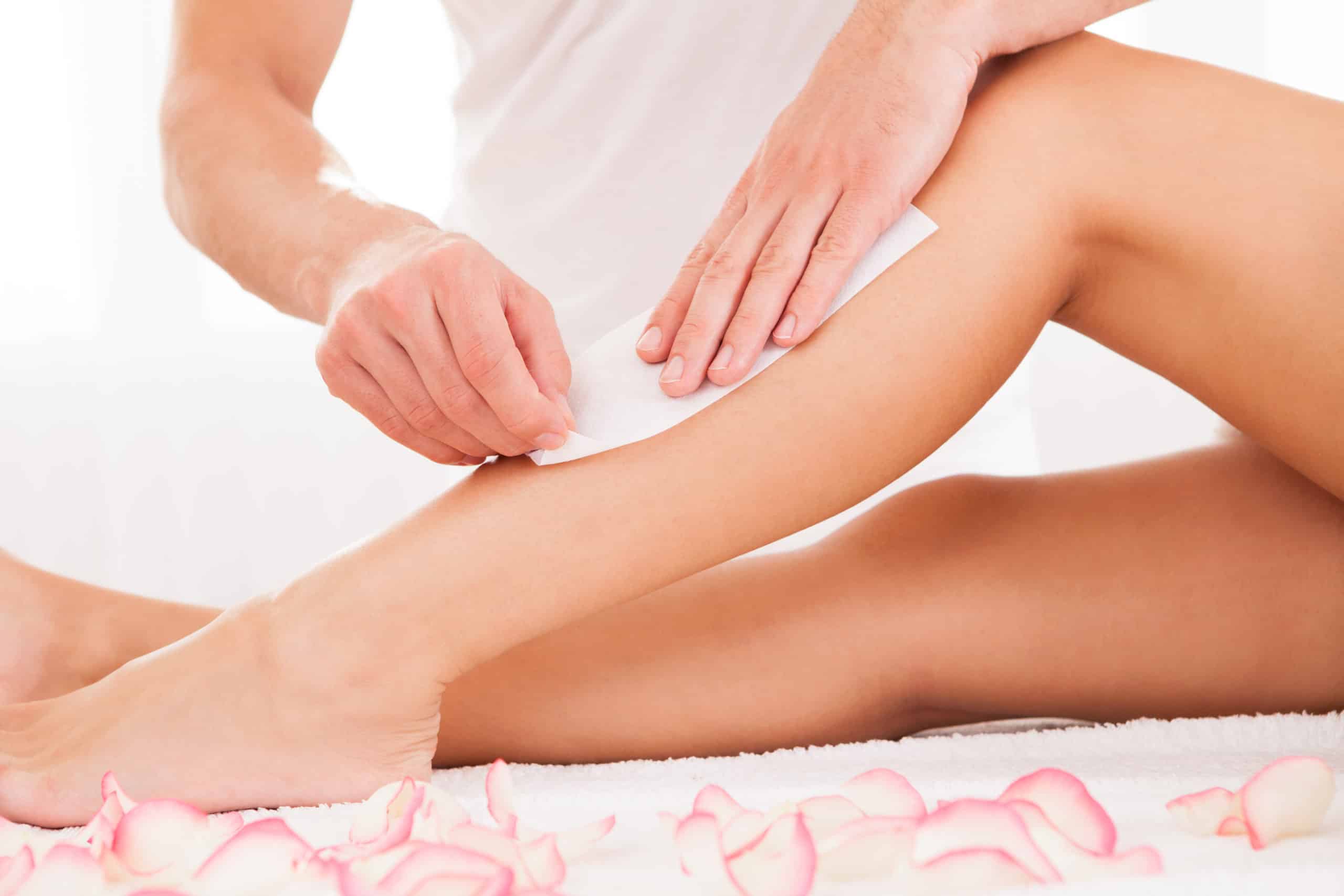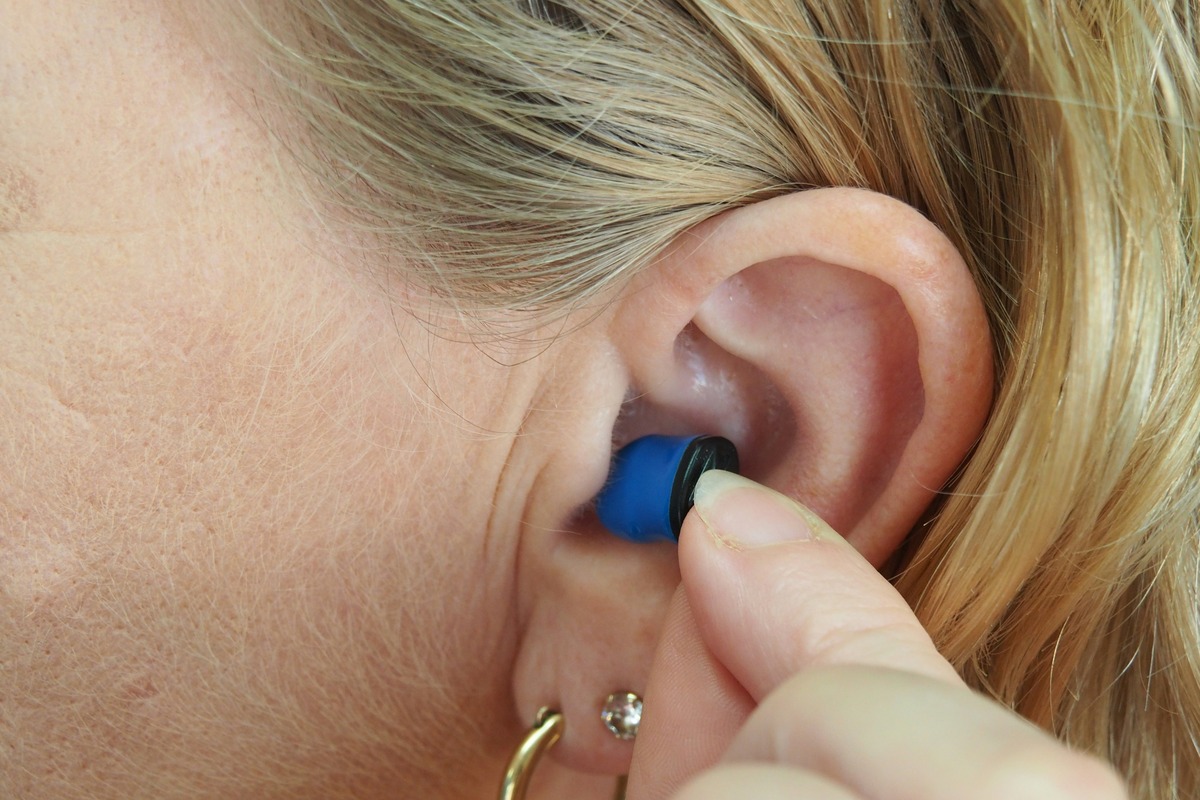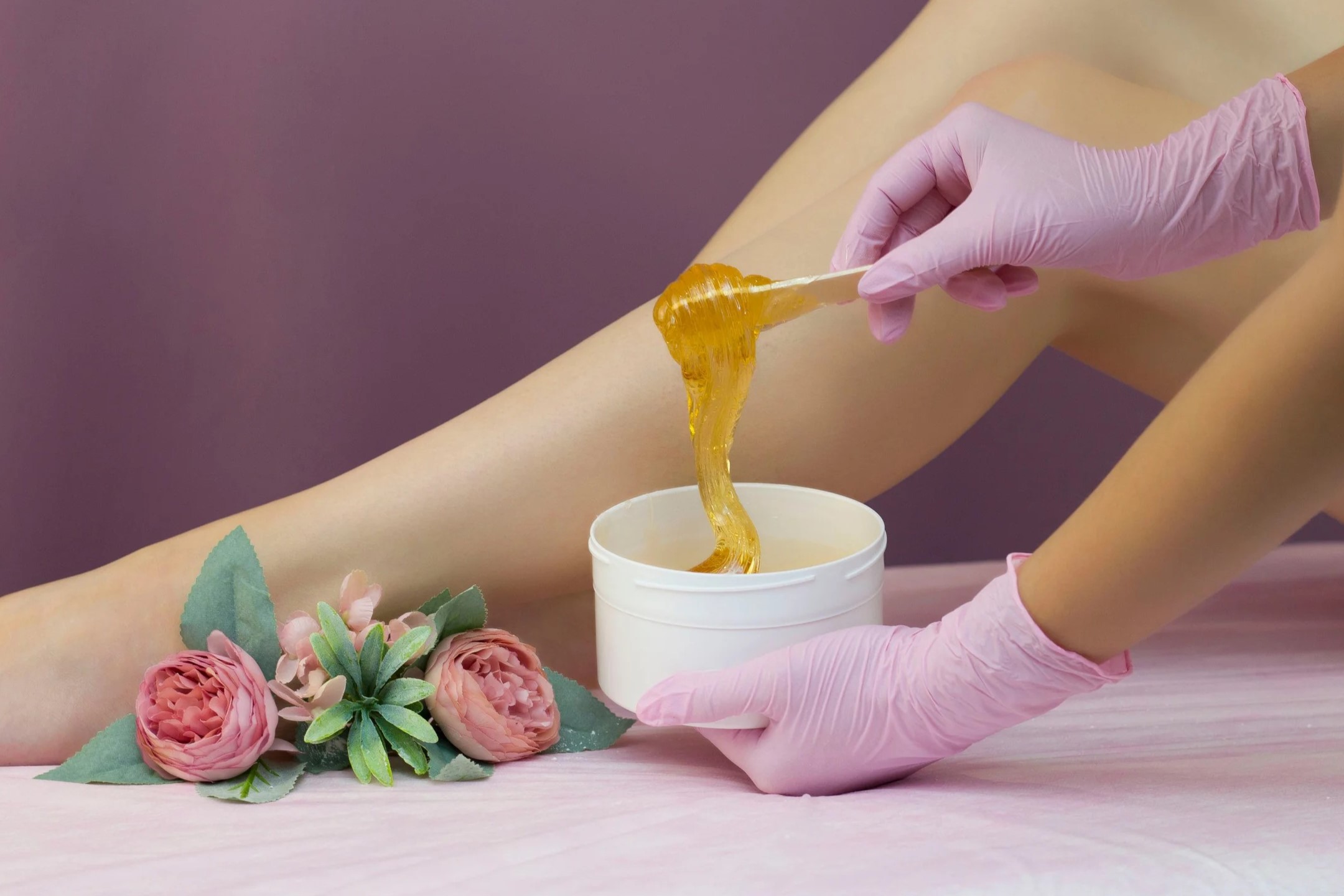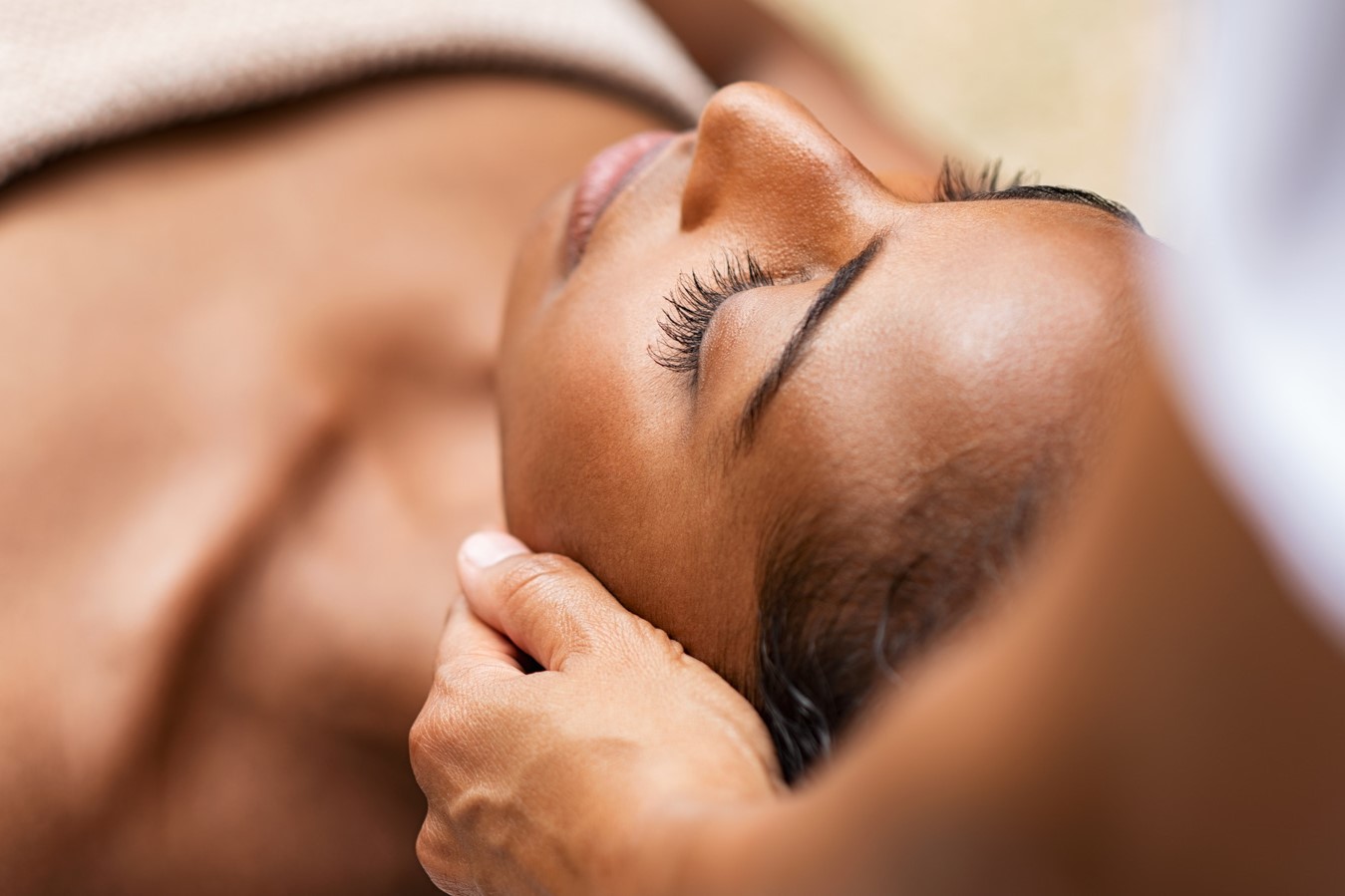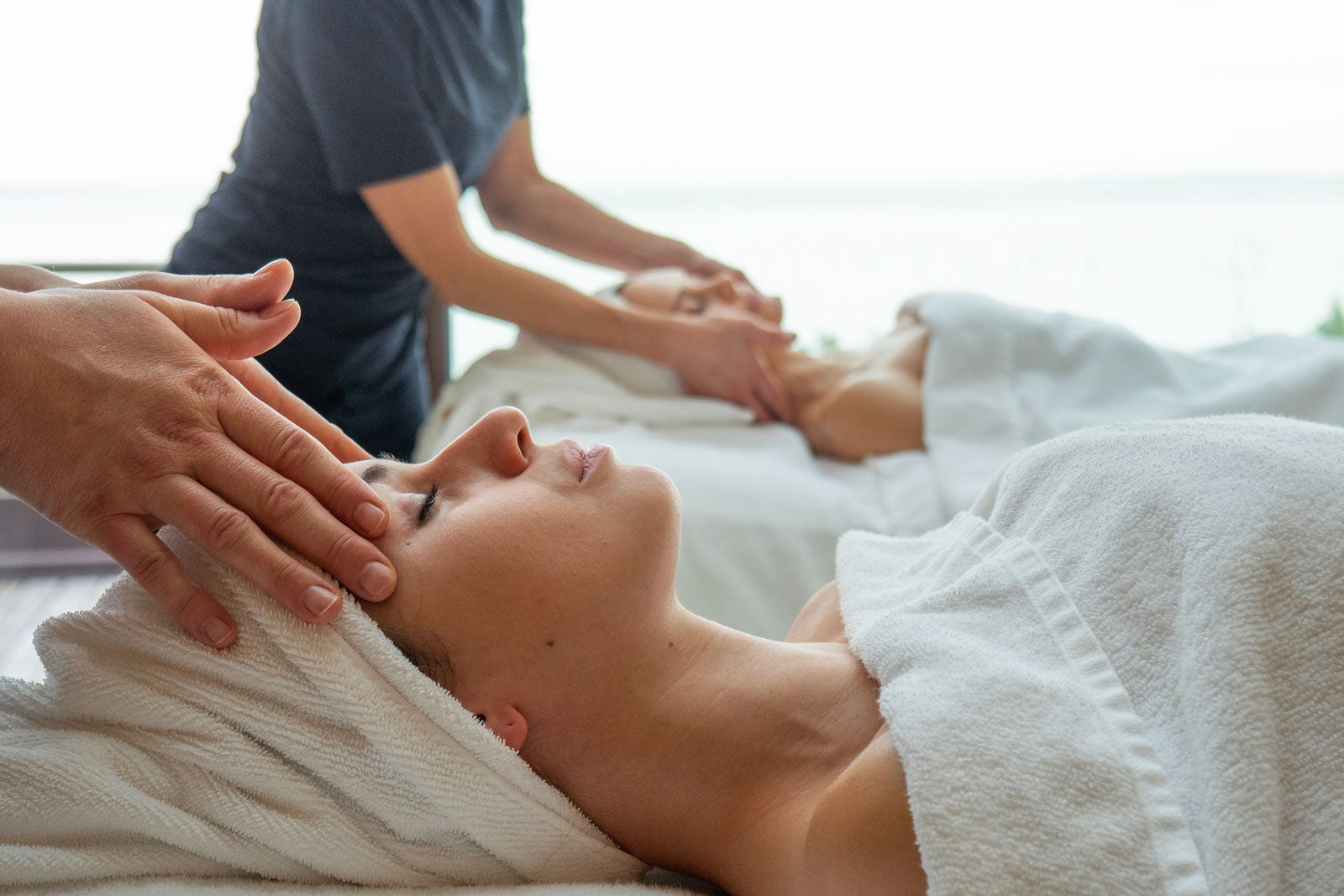Home>Health and Wellness>How To Massage Ear Wax Out


Health and Wellness
How To Massage Ear Wax Out
Published: March 3, 2024
Learn how to safely and effectively massage ear wax out for improved health and wellness. Discover expert tips and techniques for ear care.
(Many of the links in this article redirect to a specific reviewed product. Your purchase of these products through affiliate links helps to generate commission for Noodls.com, at no extra cost. Learn more)
Table of Contents
Introduction
Ear wax, also known as cerumen, is a natural substance produced by the glands in the ear canal. It plays a crucial role in protecting the ear by trapping dust, dirt, and other foreign particles, preventing them from reaching the eardrum. While ear wax is beneficial, excessive buildup can lead to discomfort, hearing difficulties, and even ear infections. In such cases, gentle ear wax removal techniques, such as ear wax massage, can be effective in safely dislodging and removing the excess wax.
In this comprehensive guide, we will explore the process of massaging ear wax out, providing valuable insights into understanding ear wax buildup, preparing for the massage, the step-by-step procedure, and essential aftercare measures. By following these guidelines, you can effectively manage ear wax accumulation and promote optimal ear health.
Understanding the underlying causes of ear wax buildup and the significance of proper removal techniques is essential for maintaining clear and healthy ears. With the right knowledge and approach, you can address ear wax-related concerns with confidence and ensure the well-being of your ears. Let's delve into the details of ear wax massage and empower ourselves with the knowledge to manage this common yet often overlooked aspect of ear care.
Read more: How To Get Wax Out Of Fabric
Understanding Ear Wax Buildup
Ear wax buildup, medically referred to as cerumen impaction, occurs when an excessive amount of ear wax accumulates in the ear canal, leading to various discomforts and potential complications. This natural substance, produced by the ceruminous glands, typically serves as a protective barrier, safeguarding the ear canal from debris, moisture, and foreign particles. However, certain factors can contribute to the overproduction or inadequate removal of ear wax, resulting in buildup and associated issues.
Causes of Ear Wax Buildup
-
Overproduction of Ear Wax: Some individuals naturally produce more ear wax than others due to genetic factors or specific health conditions. This overproduction can lead to a higher likelihood of ear wax buildup.
-
Inadequate Ear Canal Cleaning: Improper cleaning practices, such as using cotton swabs or inserting foreign objects into the ear canal, can push the ear wax deeper, causing it to become impacted over time.
-
Narrow or Curved Ear Canals: Anatomical variations in the ear canal, such as narrow or curved shapes, can impede the natural expulsion of ear wax, increasing the risk of buildup.
-
Frequent Use of Earplugs or Hearing Aids: Regular use of earplugs or hearing aids can interfere with the natural migration of ear wax out of the ear canal, leading to accumulation.
Symptoms of Ear Wax Buildup
-
Ear Discomfort: Individuals with excessive ear wax may experience a feeling of fullness or pressure in the ear, often accompanied by mild to moderate pain.
-
Hearing Impairment: Ear wax buildup can obstruct the ear canal, causing partial hearing loss or a sense of muffled hearing.
-
Tinnitus: In some cases, ear wax accumulation may contribute to the perception of ringing or buzzing sounds in the ear, known as tinnitus.
-
Ear Itching: The presence of excessive ear wax can trigger itching sensations within the ear canal, leading to discomfort and irritation.
Complications of Untreated Ear Wax Buildup
If left unaddressed, persistent ear wax buildup can lead to complications, including increased susceptibility to ear infections, inflammation of the ear canal (otitis externa), and potential damage to the eardrum. Therefore, recognizing the signs of ear wax accumulation and adopting appropriate removal methods, such as ear wax massage, is crucial for maintaining optimal ear health and preventing associated complications.
By gaining a deeper understanding of the causes, symptoms, and potential complications of ear wax buildup, individuals can proactively address this common concern and take proactive measures to manage ear wax accumulation effectively.
Read more: How To Make Wax Melts
Preparing for Ear Wax Massage
Before initiating the ear wax massage, it is essential to prepare adequately to ensure a safe and effective procedure. Proper preparation not only enhances the comfort and success of the massage but also minimizes the risk of complications. Here are the key steps to prepare for an ear wax massage:
-
Gather Necessary Supplies: Ensure that you have all the required supplies readily available. This may include a clean, soft cloth or tissue to catch any dislodged wax, a small bowl of warm water for moistening the cloth, and a mild, over-the-counter ear wax softening solution if recommended by a healthcare professional.
-
Choose a Comfortable Environment: Select a quiet and well-lit area where you can comfortably perform the ear wax massage. Adequate lighting is crucial for visibility, allowing you to conduct the procedure with precision and care.
-
Relaxation Techniques: It is beneficial to adopt relaxation techniques to ease any tension or anxiety associated with the procedure. Deep breathing exercises or gentle neck and shoulder stretches can help promote relaxation and make the experience more comfortable.
-
Consult a Healthcare Professional: If you have a history of ear-related issues, such as a perforated eardrum, ear infections, or prior ear surgeries, it is advisable to consult a healthcare professional before attempting an ear wax massage. They can provide personalized guidance and ensure that the procedure is safe for your specific condition.
-
Review Precautions and Aftercare: Familiarize yourself with the precautions and aftercare measures associated with ear wax massage. Understanding these aspects will help you approach the procedure with confidence and promote optimal outcomes.
By diligently preparing for the ear wax massage, individuals can create a conducive environment for the procedure, minimize potential risks, and optimize the overall experience. This thoughtful preparation sets the stage for a successful and safe ear wax massage, allowing individuals to address ear wax buildup with care and confidence.
How to Massage Ear Wax Out
Gently massaging ear wax out is a safe and effective method for managing ear wax buildup. This technique aims to dislodge and facilitate the natural expulsion of excess ear wax from the ear canal, promoting clear and unobstructed hearing. When performed with care and precision, ear wax massage can offer relief from discomfort and restore optimal ear health. Here's a step-by-step guide on how to massage ear wax out:
-
Softening the Ear Wax: Begin by softening the ear wax to make it more pliable and easier to remove. This can be achieved by applying a few drops of over-the-counter ear wax softening solution into the ear canal. Gently tilt your head to allow the solution to reach the affected ear, and remain in that position for the recommended duration as per the product instructions.
-
Preparation of Warm Water: Prepare a small bowl of warm water. The warmth helps to further soften the ear wax and provides a soothing sensation during the massage. Ensure that the water is comfortably warm and not hot to avoid any discomfort.
-
Moistening a Cloth or Tissue: Moisten a clean, soft cloth or tissue with the warm water. Wring out any excess water to prevent dripping, ensuring that the cloth is damp but not saturated.
-
Gentle Massage Technique: Gently insert the moistened cloth or tissue into the ear canal, being extremely careful not to insert it too deeply. Using a circular motion, softly massage the outer ear around the ear canal. This gentle massage helps to dislodge the softened ear wax and encourages its gradual movement out of the ear canal.
-
Tilt and Drain: After the massage, tilt your head to allow any dislodged ear wax and excess moisture to drain out of the ear. Use a clean cloth or tissue to gently dab the outer ear and catch any discharged wax.
-
Repeat if Necessary: If there is still residual ear wax after the initial massage, consider repeating the process after allowing some time for the ear wax softening solution to further take effect.
It is important to approach the ear wax massage with patience and gentleness, avoiding any forceful or aggressive actions that may cause discomfort or injury. If you encounter persistent ear wax buildup or experience any unusual symptoms during the massage, it is advisable to seek guidance from a healthcare professional for further evaluation and personalized recommendations.
By following these steps and exercising care and patience, individuals can effectively massage ear wax out, promoting clear and unobstructed ear canals while minimizing the risk of complications associated with excessive ear wax buildup.
Aftercare and Precautions
After completing the ear wax massage, it is crucial to observe specific aftercare measures and precautions to ensure the well-being of the ears and minimize the risk of potential complications. By attentively addressing the post-massage considerations, individuals can optimize the outcomes of the procedure and maintain clear and healthy ear canals. Here are essential aftercare guidelines and precautions to follow:
Aftercare Measures
-
Ear Inspection: After the ear wax massage, take a moment to inspect the outer ear and the area around the ear canal. Look for any signs of residual ear wax or excessive moisture. If necessary, gently dab the outer ear with a clean, dry cloth or tissue to remove any remaining moisture.
-
Rest and Relaxation: Allow yourself a brief period of rest and relaxation following the ear wax massage. Avoid exposing the ears to loud noises or sudden pressure changes, as they may be more sensitive after the procedure.
-
Avoid Inserting Objects: Refrain from inserting cotton swabs, fingers, or any other objects into the ear canal after the massage. Doing so can push the ear wax deeper or cause injury to the delicate structures within the ear.
-
Monitor Symptoms: Pay attention to any changes in ear discomfort, hearing, or the presence of unusual sensations. If you experience persistent pain, drainage from the ear, or worsening symptoms, seek prompt evaluation by a healthcare professional.
-
Follow-Up Care: If you have ongoing concerns related to ear wax buildup or experience recurrent symptoms, consider scheduling a follow-up appointment with a healthcare provider. They can assess the condition of your ears and provide personalized recommendations for long-term ear care.
Precautions
-
Avoid Overuse of Ear Wax Softening Solutions: While ear wax softening solutions can be beneficial, excessive or prolonged use should be avoided. Follow the recommended usage instructions provided with the product and consult a healthcare professional if you have any concerns.
-
Consultation with Healthcare Professional: If you have a history of ear-related issues, such as recurring ear infections, perforated eardrums, or prior ear surgeries, consult a healthcare professional before attempting an ear wax massage. They can offer tailored guidance based on your specific medical history and current ear health.
-
Gentle Approach: When performing the ear wax massage, maintain a gentle and cautious approach. Avoid applying excessive pressure or force during the massage, as this can lead to discomfort or potential injury to the ear canal.
-
Seek Professional Evaluation: If you encounter persistent ear wax buildup, ongoing hearing difficulties, or recurrent ear-related symptoms, seek professional evaluation from an audiologist, otolaryngologist, or other qualified healthcare provider. They can conduct a comprehensive assessment and recommend appropriate interventions for managing ear wax accumulation.
By adhering to these aftercare measures and precautions, individuals can promote the effectiveness of the ear wax massage and safeguard the well-being of their ears. These proactive steps contribute to maintaining clear and healthy ear canals while minimizing the likelihood of complications associated with ear wax buildup.
Conclusion
In conclusion, the process of massaging ear wax out serves as a valuable and accessible method for managing ear wax buildup and promoting optimal ear health. By gaining a comprehensive understanding of the underlying causes, symptoms, and potential complications of ear wax accumulation, individuals can proactively address this common concern with confidence and care.
The step-by-step approach to massaging ear wax out provides a practical and gentle technique for dislodging excess ear wax from the ear canal, thereby alleviating discomfort and restoring clear and unobstructed hearing. It is important to emphasize the significance of proper preparation, including softening the ear wax and creating a comfortable environment, to ensure the safety and effectiveness of the massage.
Furthermore, the aftercare measures and precautions outlined in this guide play a pivotal role in optimizing the outcomes of the ear wax massage and minimizing the risk of potential complications. By attentively observing these post-massage considerations, individuals can maintain clear and healthy ear canals while promoting long-term ear wellness.
It is essential to recognize that while ear wax massage can be beneficial for managing mild to moderate ear wax buildup, individuals with a history of ear-related issues or specific medical conditions should seek guidance from a healthcare professional before attempting the procedure. Personalized recommendations and tailored interventions can ensure the safety and appropriateness of the ear wax massage for individuals with unique medical considerations.
Overall, the knowledge and techniques presented in this guide empower individuals to take proactive measures in managing ear wax accumulation, promoting clear and unobstructed ear canals, and fostering optimal ear health. By integrating these insights into their ear care routine, individuals can address ear wax-related concerns with confidence and contribute to the overall well-being of their ears.
